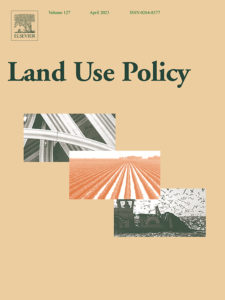In urban planning CBA can act as a decision support, rather than making, tool identifying gaps that need to be filled.
Urban areas are hot spots of flood risk due to how urban development concentrates people and assets into hazard prone areas, reinforcing negative externalities on the welfare of urban residents. Mitigating flood risk in urban environments, however, is challenging. This is not only because the process generating flood risk is complex, but the objectives of city planners, residents and/or developers are also multi-faceted. Therefore, there are various trade-offs to be considered. One such problem across many areas of Europe and beyond is how to regenerate declined urban areas, to improve the welfare, prosperity, and image of the city. However, in turn, many areas within these cities will see this activity being traded-off against increased flood risk. Cost-benefit analysis represents a useful approach for assessing this trade-off, as a decision-support tool. In this paper we present an exploratory cost-benefit analysis of a potential urban regeneration project within the city of Ústí nad Labem (Czechia) that seeks to highlight the potential magnitude of such trade-offs that need to be more often actively considered as a core, rather than peripheral, element of urban regeneration. We present an exploratory framework that can be expanded upon and integrated into wider regeneration visions.
Reference: Hudson, P.; Raška, P.; Macháč, J.; Slavíková, L. (2022). Balancing the interaction between urban regeneration and flood risk management – A cost benefit approach in Ústí nad Labem. Land Use Policy 120. https://doi.org/10.1016/j.landusepol.2022.106276



